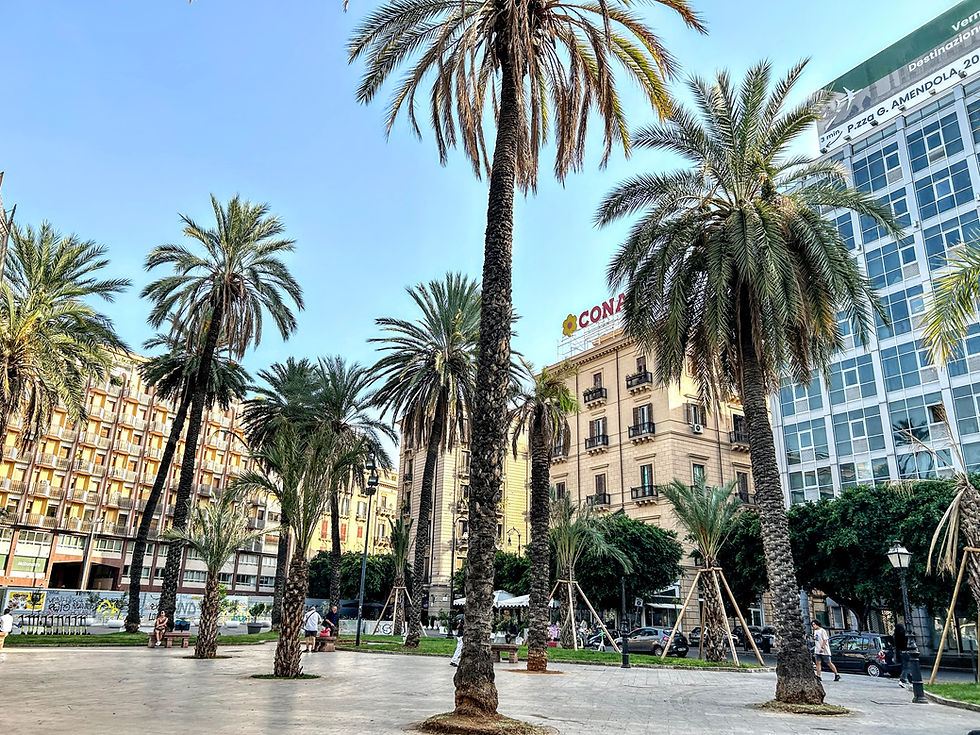It is one of the neighborhoods that arose north of the ancient walled city due to the nineteenth-century expansion to improve the connection between the city and the Colli plain, favored by the aristocracy for holidays. Politeama is the name used to indicate theater buildings characterized by the grandeur of their dimensions, such as the Politeama Theatre... #tuttitaly
The Politeama district in Palermo has a unique and historically significant history dating back to the 18th and 19th centuries, a period that marked the city's urban expansion. In this context, the aristocratic class and the emerging bourgeoisie showed interest in the splendid countryside to the north of the ancient city walls.
It all began in 1778, by order of the pretore Antonio La Grua, Marquis of Regalmici, when two critical roads were traced: the "Strada Nuova" (now via Ruggero Settimo) and via Ventimiglia (today via Mariano Stabile). These roads, joined at an orthogonal intersection known as the "Quattro Canti di Campagna", aimed to facilitate access to the sumptuous noble villas built in the Piana dei Colli.
Over the years, these roads became the heart of a neighborhood designed to integrate with the existing urban fabric, meeting the needs of the more affluent social classes.
During the 19th century, elegant noble palaces and meeting places for local intellectuals and artists arose via Ruggero Settimo, transforming it into the city's parlor of excellence. In 1848, the post-revolutionary authorities decided to extend the street, calling it "Viale della Libertà" in homage to the ideals of freedom and progress.
With the Reform and Enlargement Plan of 1860, Palermo's city confirmed the importance of the axis via Ruggero Settimo - Viale della Libertà as the new city center. In 1865, a multifunctional theater, the Politeama Garibaldi, was designed in an accessible area intended to become Piazza Ruggero Settimo.
This theater, built in a neoclassical style designed by Giuseppe Damiani Almeyda, became the symbol of a new urban era. The Politeama district soon became the pulsating center of Palermo's cultural and social life.
Today, the Politeama district continues to fascinate residents and visitors with its rich history of charm and elegance, confirming itself as one of the most iconic places in the Sicilian city.


























Comments